This post, Four Useful Goals for Late Talkers, is written for speech-language pathologists (SLPs). I hope this article provides you with some new ideas for writing specific goals for your toddler clients!
Four Useful Goals for Late Talkers
About three years ago, my work settings started to change. They focused on working with younger and younger children. Today, my private practice focuses mostly on helping children ages 2-5 communicate. My area of expertise is helping late talkers increase their communication skills.
As I began to work with toddlers, there was a steep learning curve. That said, working with toddlers and preschoolers is now one of my favorite things to do. I love working with this population!
One of the challenges of making this switch was finding goal areas that were specific to this age group. There were so many potential goals to choose from. I wanted to choose goals that would be the most helpful for my young clients. It was also important that these goals were measurable and realistic.
Heather Moore, Ph.D., and speech-language pathologist (SLP) is an expert in this area. The goals outlined below are heavily based on her work.
I last wrote about goals I was using for late talkers by scrolling back to previous posts. I still use goals outlined in that post today. However, I’ve switched things around a bit for my beginning communicators. This post focuses on young children who are just starting to communicate. For them, I’ve found these goal areas helpful.
1. Increasing Rate of Initiated Communication
How many verbal or nonverbal communication acts per minute is the child demonstrating?
For example, (child) will use:
4-6 nonverbal and verbal communication acts per minute across two routines.
2. Communicating For a Variety of Purposes
Why is the child communicating?
Note if the child is using communication to protest, request objects, request actions, or give items.
From there, work on increasing their repertoire.
For example, (child) will use:
communication to request objects, request actions, and protest across two routines.
3. Increasing Repertoire of Sounds and Gestures and/or Vocabulary
This might include gestures: shaking head yes, nodding no, hand to mouth (for “shhh!”), or a wave.
You might target a certain number of nouns, verbs, adjectives or prepositions.
Early pronouns to target might be “me,” “mine,” and “you.”
For example, (child) will use:
5 gestures across 2 settings.
3 pronouns, 5 verbs, and 25 nouns.
For this one, there is a high number of possibilities for goals, depending on where you’d like to focus.
4. Increase Sentence Length and Complexity
Examples for this area would be increasing vocabulary across word classes. It also includes using morphological endings and increasing utterance length.
There are many possibilities for creating goals that increase sentence length and complexity.
For example, (child) will use:
3-4 word utterances in at least 2 settings
plural /s/
present progressive verbs (with -ing) ending
Useful Goals For Late Talkers – Conclusion
By using these goals, I’ve found my six-month reviews progress more smoothly. These goals are targeted enough for data, but broad enough to have some wiggle room.
Remember, you’ll need to add your own accuracy levels and under which conditions to these if you are an SLP. Your specific goals should be based on the needs of your individual client.
From here, I hope you have some new goal ideas. I hope you’ve seen how you can make these ideas targeted, specific and measurable. I hope you’ll have goals for your toddlers that you’re glad you wrote when it comes to the six-month review.
If you live in the Rogue Valley, Oregon area, I have a private practice clinic that specializes in helping toddlers (and preschoolers!) communicate. I serve residents of the Ashland, Talent, Phoenix, and Medford Oregon areas.

